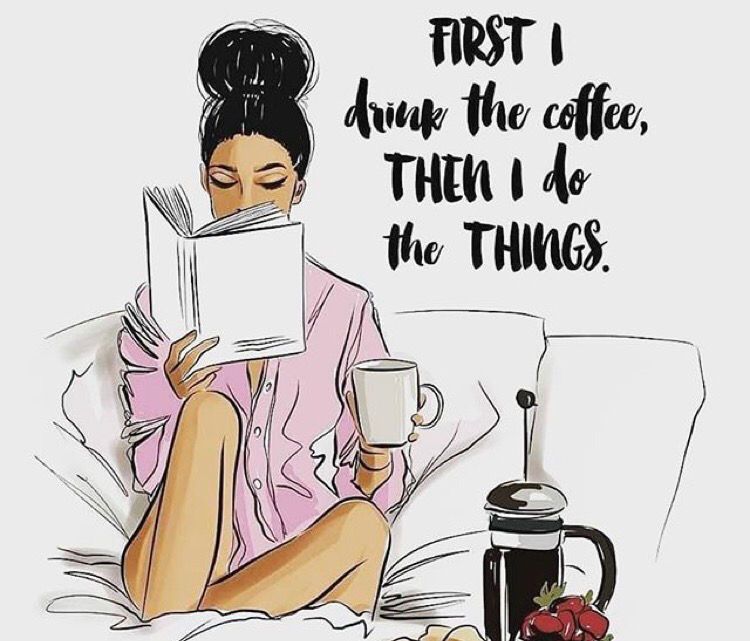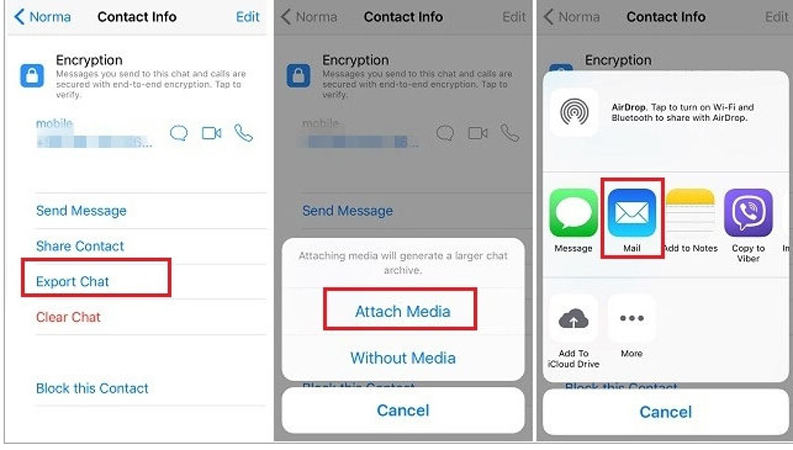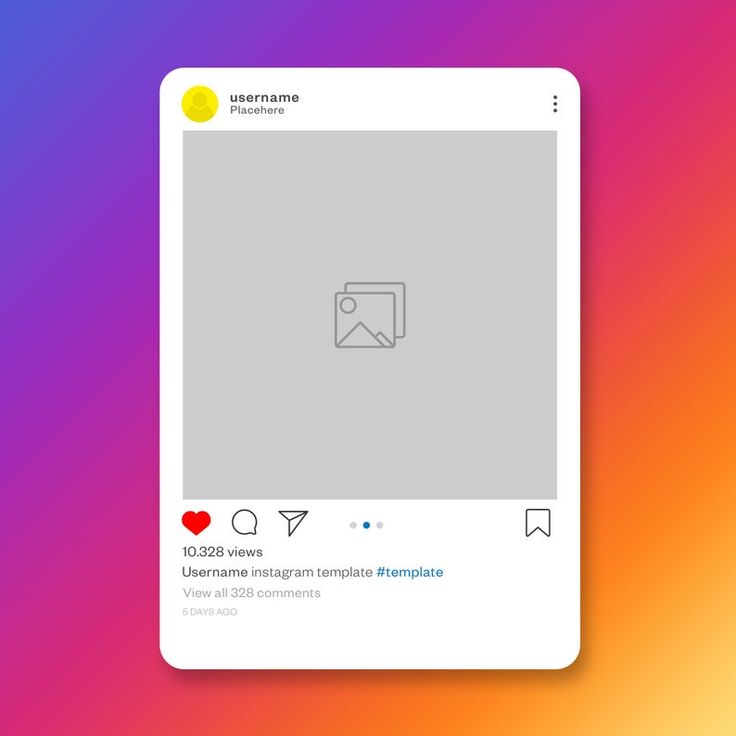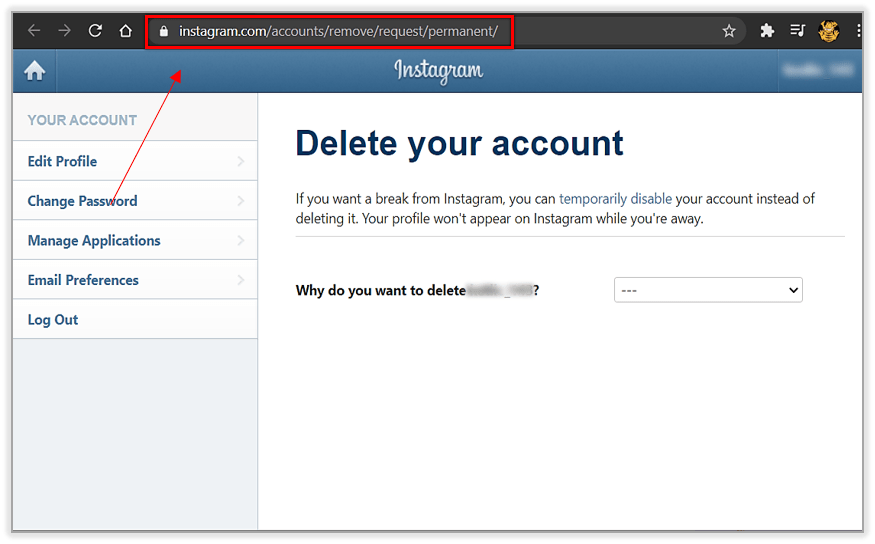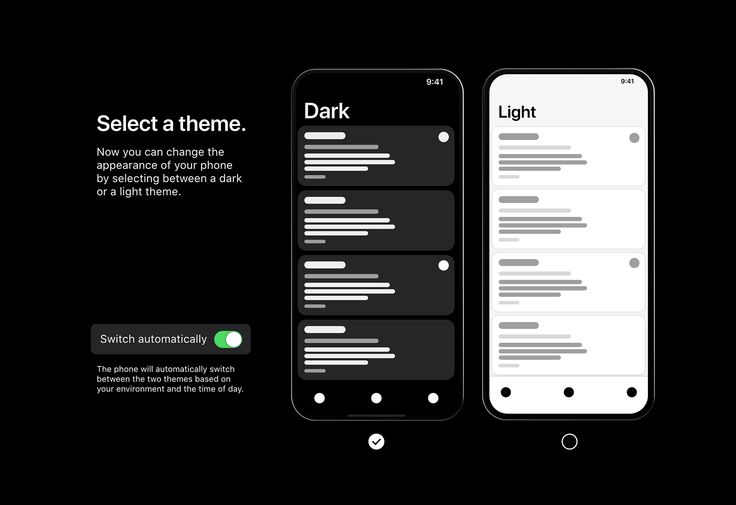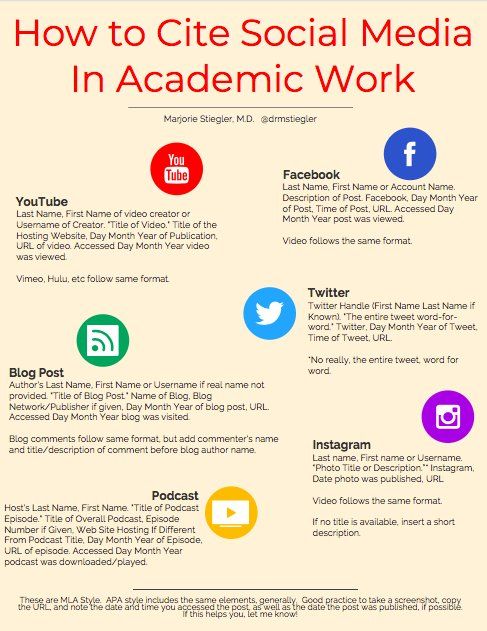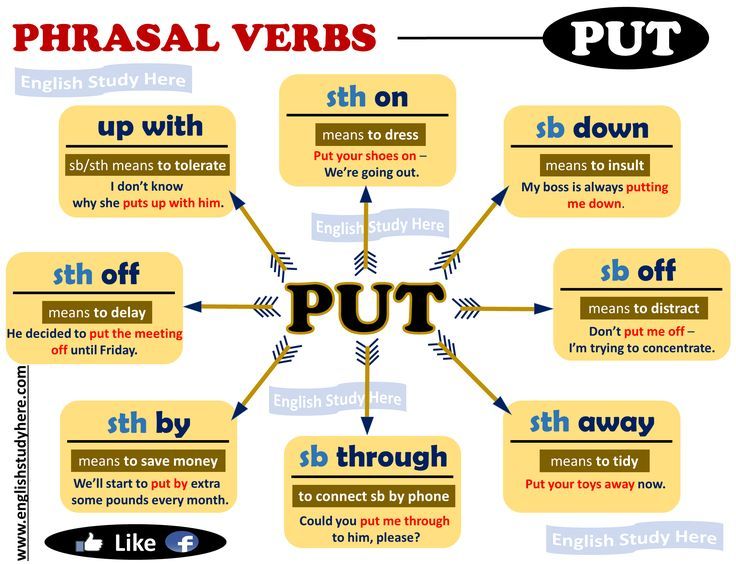How to protect your art on instagram
How to Protect Your Art on Instagram & Online
For most surface designers, building or maintaining a website and continually marketing ourselves are not fun aspects of our job and yet, we know they’re important. But have you considered how your online presence is affecting your business AND how it could be negatively impacted if you’re doing the wrong things?
I’ve seen my fair share of websites in years of one-on-one consultations helping surface designers. In most cases, their websites are lovely, yet they make some pretty big mistakes that could derail their efforts to get their art licensed or even worse, make it easier for someone to steal their work.
So to make sure you don’t fall victim to the very same issues, I’ve rounded up my 5 tops tips for promoting and protecting your artwork online to help address the most common errors I see designers making with their websites.
1. Add your name or logo to every image
I know that going through the extra step to add your name on each image when saving out art for your website or Instagram may seem time consuming and trivial, but it’s ABSOLUTELY essential!
And there are some obvious advantages to having your name on a design when someone does steal or repost the image without permission, but that’s not the main reason you should do it.
The BEST reason to include your name is so you can easily be found if an art director notices your design on Pinterest.
Because whether you realize it or not, a LOT of our art ends up there!
Take the piece below as an example – it’s a design I sold to Papyrus for their 2020 Christmas gift wrap assortment. And guess what? The art director discovered my design on Pinterest.
What do you think would have happened if I hadn’t included my name? Unless the image in Pinterest linked directly to my website (which is possible, but is never 100% foolproof), the art director would have had no idea how to find me and I would have most likely lost out on a sale AND a new client.
But you do need to be strategic about how you include your name or logo. The key is to make it small enough that it doesn’t cover too much of the design, but large enough that it’s easy enough to read.
I find that it works best to add it to the bottom or corner of an image.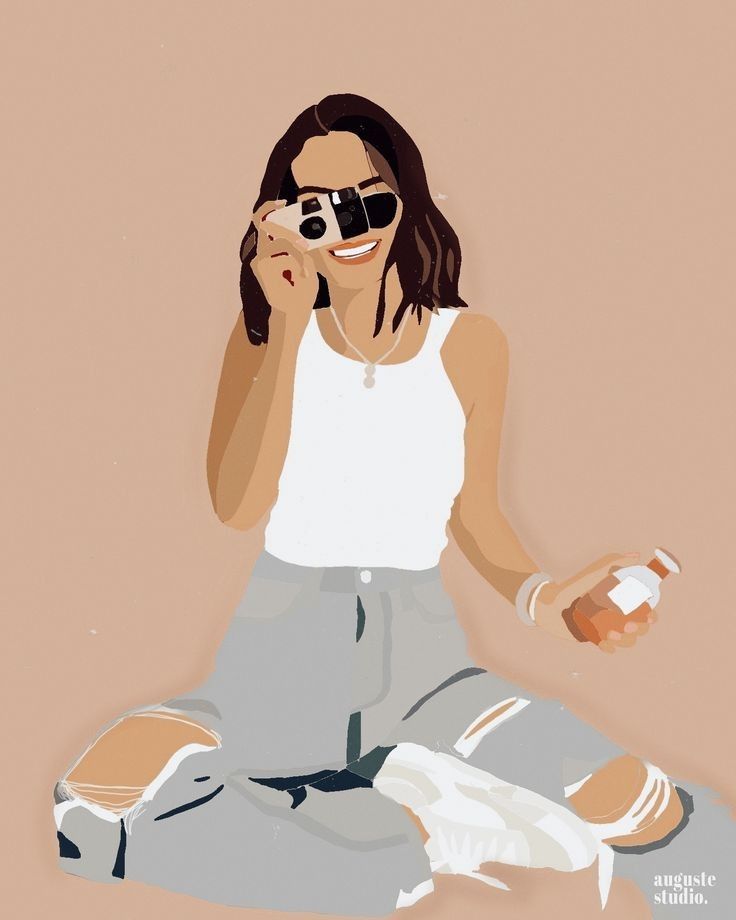 You could also include your website URL or email address, especially if you have a more complicated logo as it makes it that much easier for art directors to find you!
You could also include your website URL or email address, especially if you have a more complicated logo as it makes it that much easier for art directors to find you!
2. Keep your images small
Another big mistake I see artists make is uploading enormous or even full-size images of their artwork, but that’s a terrible idea! Yes, it may save you a few extra minutes from having to save a low-res version in Photoshop, but there’s 2 ways it could cost you dearly in the long run:
Reason #1: It makes your art way too easy to steal. Most companies and artists who steal artwork are lazy and so the larger your art is, the less work they have to do to make it work for them.
Reason #2: It massively slows down the load time of your website. You only have a few seconds before you’ll lose the attention of anyone viewing your website, including art directors, so if you have a bunch of large art images that take forever to load, they’re likely to get frustrated and click away.
So how big should your images be?
Your load time will be much quicker if you can manage to make all your images are under 500 kb. For portfolio designs on the public pages of your website, I’d suggest a size between 600-800 pixels wide.
And if have a private portfolio (something I highly recommend) where you have your artwork available to art directors on a password-protected page, you should probably save your image a little larger at 800-900 pixels wide.
Finally, if you use full-length banner-style images (like the one at the top of our homepage), you’ll need to save them at around 2000 pixels wide. And because this style of image is so large, I’d suggest including no more than one full-length banner image on each page (as it’s almost impossible for it to be saved at under 500 kb).
3. Make your patterns harder to copy
It’s an unfortunate fact that those who steal artwork are getting more savvy, so anything you can do to make it more difficult to use your designs, the better.
That’s why one of my favorite techniques is to never save and share a pattern for Instagram or the public section of my website that shows its full repeat (like the floral example below). Think about it: if the entire repeat isn’t visible, it’s going to be a lot harder for someone copying your work to re-create the pattern seamlessly without taking a lot of time to do it.
Of course, this isn’t always an option, especially for simpler or geometric patterns, so in those cases, I take the opposite approach and scale down the repeat so each motif is fairly small. This makes it harder to replicate and often means the person copying it would have to redraw everything.
Still, if you want to make it even more difficult to steal a pattern, you can rotate it too – this works especially well the more complicated a pattern is.
Just make sure you rotate the art using a less common rotation – that means instead of rotating at 15, 30, or 45 degrees, try an imperfect rotation like 11 or 23 degrees.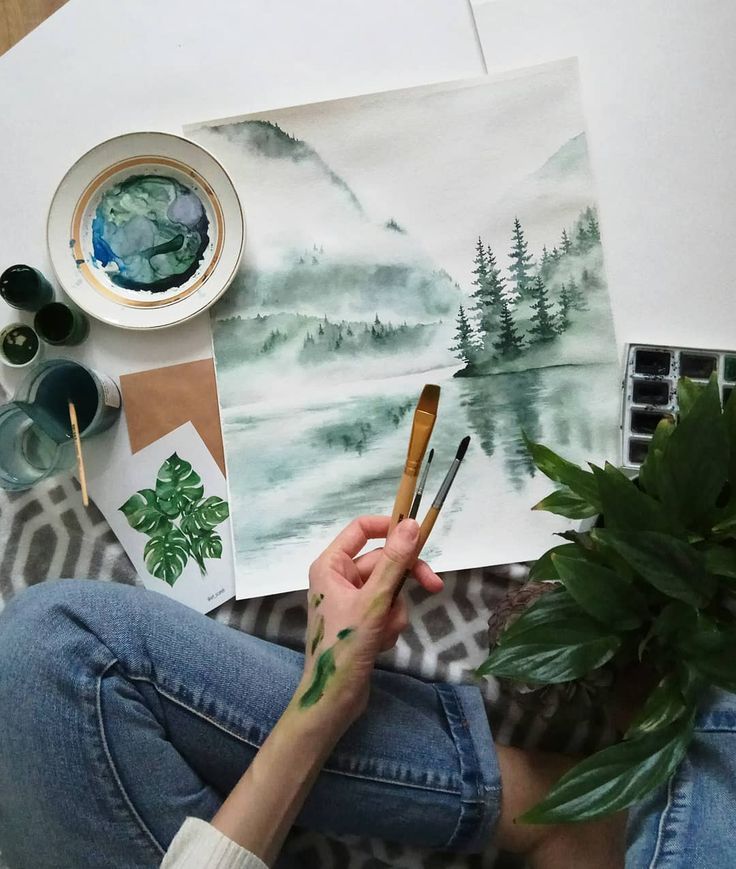 Again, this will make someone who wants to copy your pattern, work a LOT harder – and most of the time it will not be worth their effort.
Again, this will make someone who wants to copy your pattern, work a LOT harder – and most of the time it will not be worth their effort.
4. Show the type of art you want to make
When posting your art whether it’s on Instagram or directly on your website, you want to make it as easy as possible for an art director to see you as a potential artist to work with. But how do you do that?
It’s simple really – just show your best work and the designs that represent the kind of art you want to continue making. You can be a little more flexible about this on Instagram since it’s a casual platform and it’s easier to share in-progress work, but you need to be especially particular on your website.
So how do you decide what art to post and how much to share on your website? Well, I’d always say less is more! Let me illustrate my point with two different website scenarios for an artist that has 25 designs in her portfolio:
Scenario 1: The artist selects her 6 favorite designs.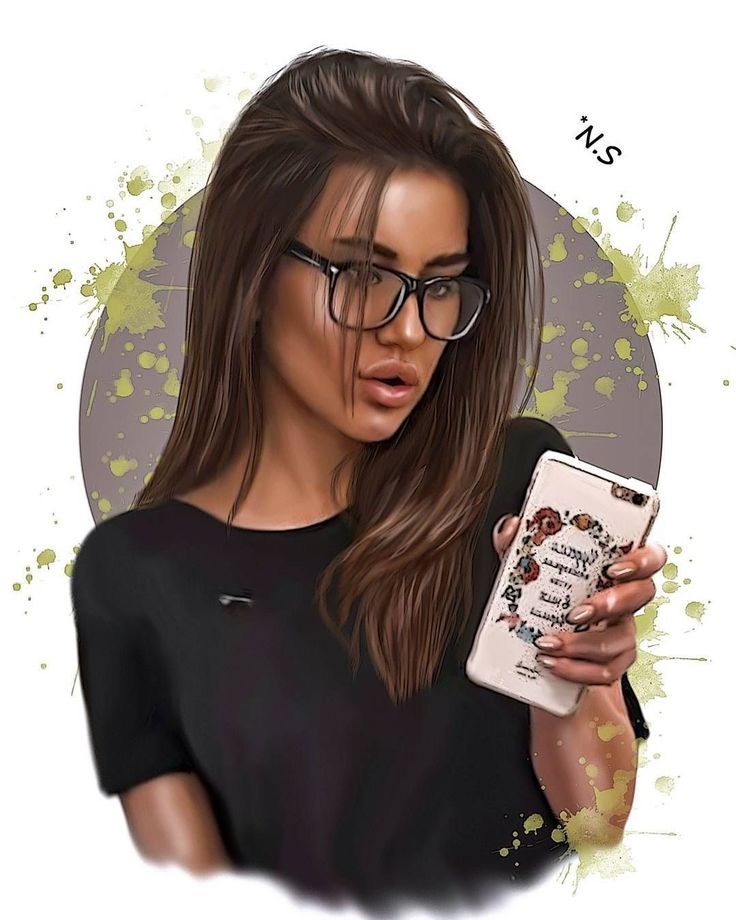 It features mostly patterns, but also 2 illustrated maps because she’s really interested in editorial jobs.
It features mostly patterns, but also 2 illustrated maps because she’s really interested in editorial jobs.
Scenario 2: The same artist puts all 25 designs on her website. It has her favorite patterns and the illustrated maps, but also some early pieces she’s not fond of, including a few juvenile designs even though she has no current interest in designing kids products or children’s books.
Which version do you think makes the best impression AND gives art directors a glimpse of the kind of art she’s interested in making? I think it’s pretty obvious that it’s scenario 1.
So before just chucking all your art onto your website, take some time, look through your portfolio, and then only select the designs that show the kind of work you enjoy making.
5. Try not to worry too much
If you’re a US-based artist, you might have expected my last tip would be to get all your artwork copyrighted so it’s legally protected, but I actually find the American copyright system has far too few benefits to offset its high cost – most especially because it only protects your work if a US company or person is copying it which is not that helpful given the global economy we live in today.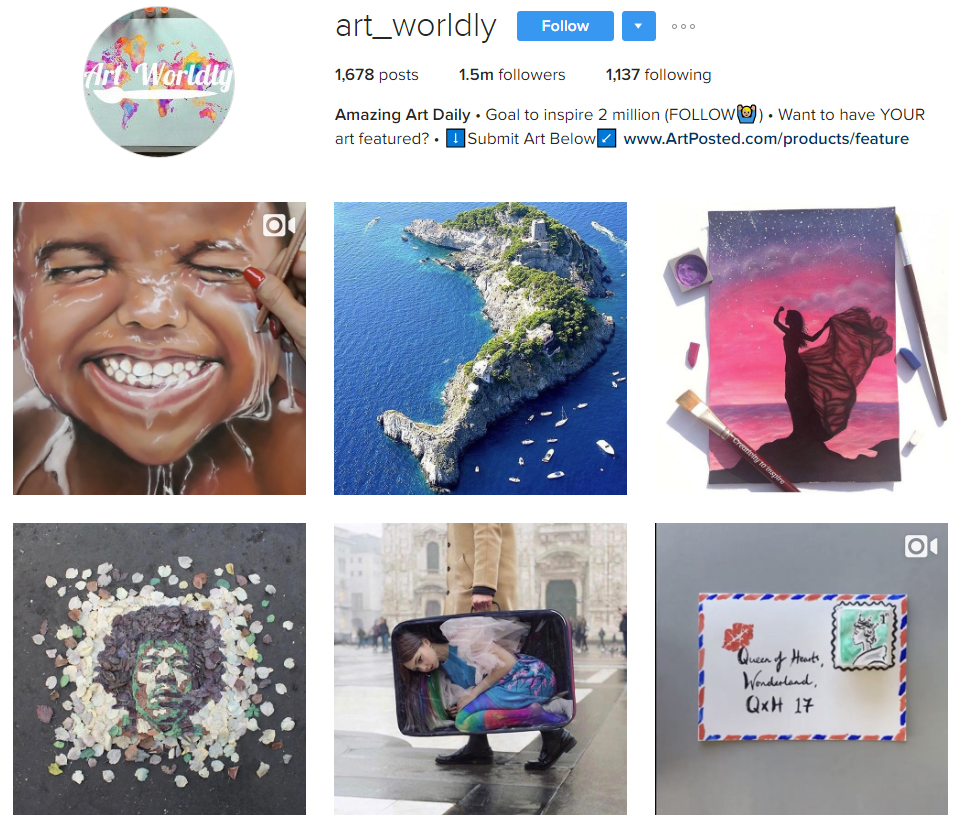
The truth is copyrighting your work is a complicated issue and one that I’d like to address the pros and cons of at some point, but that’s a discussion better left for another time.
What I want to talk about is the fear artists have about sharing their art.
I see many artists who are SO scared of the possibility of their work getting stolen that it keeps them from finishing their portfolio website or regularly posting art on Instagram.
But that fear does more harm than good because sharing your art publicly is essential as a surface designer in the internet age we live in, but you’ll never feel ready to do that if you have a strong fear of being copied. So I want to let you know that…
If you’re an artist, your art WILL be stolen at some point.
I’m not saying this to be negative, but to help release you a bit from that fear. Because whether you like it or not, it will happen. So you might as well let go of that fear and make use of whatever platform you do have – website, Instagram, Pinterest, etc. – and start sharing your work.
– and start sharing your work.
Now it may take you a little time to come around to this idea, but it’s much more helpful to you and your business to focus on all the positive things that could happen by sharing your art freely instead of giving all the attention to the bad things that might.
And this idea can be summed up beautifully by hockey legend, Wayne Gretzky:
You miss 100% of the shots you don’t take.
So you might as well operate from a place of courage and confidence and take some shots by putting yourself and your art out there. Because the results may surprise you in so many great ways!
3 Effective Ways to Protect Your Instagram Art from Plagiarism
New Tech | April 24, 2020 April 24, 2020 | 3 minutes of reading
Sharing art on Instagram is a double-edged sword. On the one hand, you get to showcase your artistic capabilities to millions of users. On the other, you expose your creations to theft.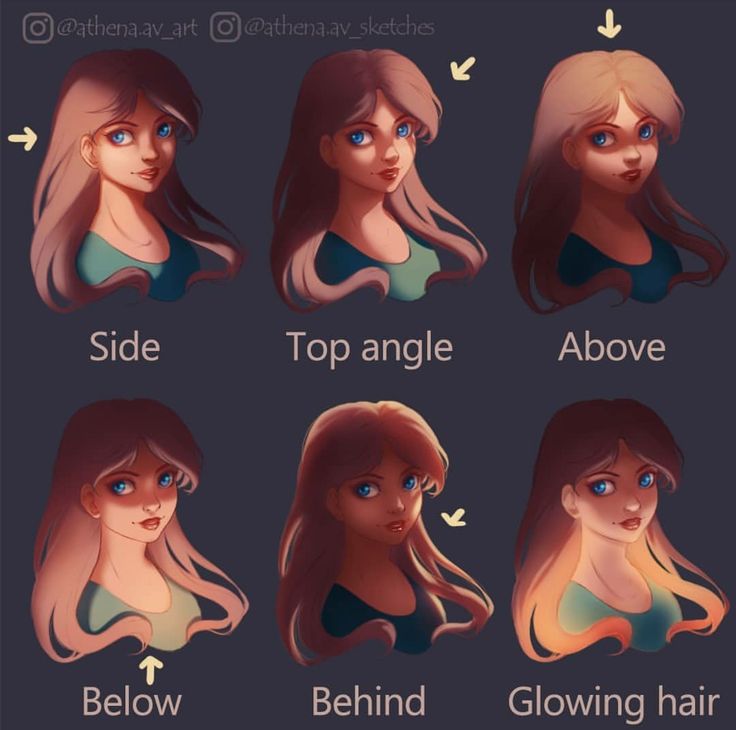 While Instagram doesn’t allow people to download images, dubious characters can easily take a screenshot, crop the image, and pass off the artwork as their own.
While Instagram doesn’t allow people to download images, dubious characters can easily take a screenshot, crop the image, and pass off the artwork as their own.
This shady intellectual property theft has involved all sorts of artists, including watercolor painters, crafters, and photographers. There are cases where the artwork of an unsuspecting artist has been used in merchandise, robbing them of credit and royalties.
If you’re planning to share your creative work on Instagram, here are a few reminders to protect your intellectual property.
Use Watermarks and Signatures
Watermarks and signatures are still one of your best defenses against art plagiarism. While some people might claim that these — especially watermarks — can be distracting, these can decrease the chances of stealing artwork dramatically. In fact, no cloud-based DDOS solution or security app can protect a published artwork that doesn’t have a legible watermark or signature. These marks are difficult to edit out; should the plagiarist try, there would be a conspicuous change in that area of the piece, which could turn the viewers off.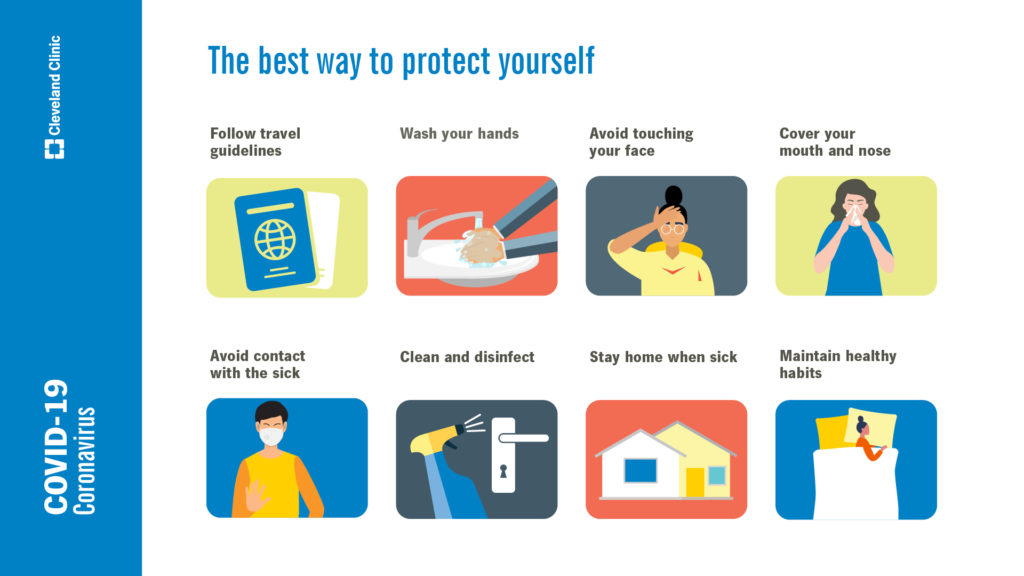
Where you put watermarks and signatures matters, too. Instead of just putting a huge watermark at the center of the picture, artfully align it with some of the lines in the design. Ideally, it should be in an area where it can be easily noticed but won’t distract the viewer from the whole picture. Moreover, it should be placed away from areas that could be easily cropped out, such as corners.
Publish Works in Progress
For an additional layer of security, limit posting finished works; post works in progress instead. Your goal, after all, is to share your artistic capabilities, and these can be gleaned even on an unfinished canvas.
By posting works in progress, you update your followers about your current projects, without giving intellectual thieves any chance of stealing the finalized artwork. It also offers prospective clients a glimpse into your creative process — something that is as rich as the art piece itself.
You can show not only what you’re working on, but also the materials you use.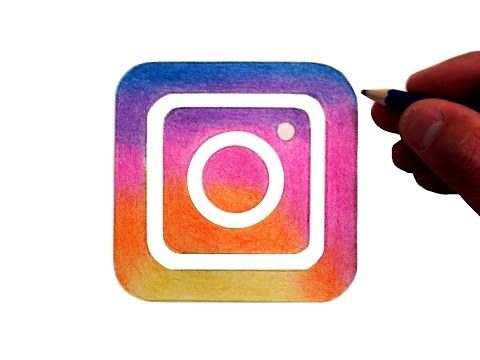 Arrange the paper, oil pastels, and pencils on a pretty flat lay, for instance. On top of that, works in progress are a consistent source of Instagram content.
Arrange the paper, oil pastels, and pencils on a pretty flat lay, for instance. On top of that, works in progress are a consistent source of Instagram content.
Take Appropriate Steps When You Detect Plagiarism
When you’ve done everything you can to protect your artwork, but some people still manage to steal them, it’s time to act.
The first thing you must do is to take a screenshot of the plagiarized art, capturing the account that posted it and when it has been posted. This is your strongest proof that somebody stole your work. Then, send them a message informing them that you are the original artist and that you deserve credit for your work. If they don’t budge, report the account. Instagram has its own reporting system, where you can report your concern.
Your artwork deserves to be protected, just like any other form of intellectual property. So, the next time you publish your artwork, place your signature, and be vigilant of plagiarists.
Share this news
How to report stolen art on Instagram?
By Milena Anderson Reading 6 min.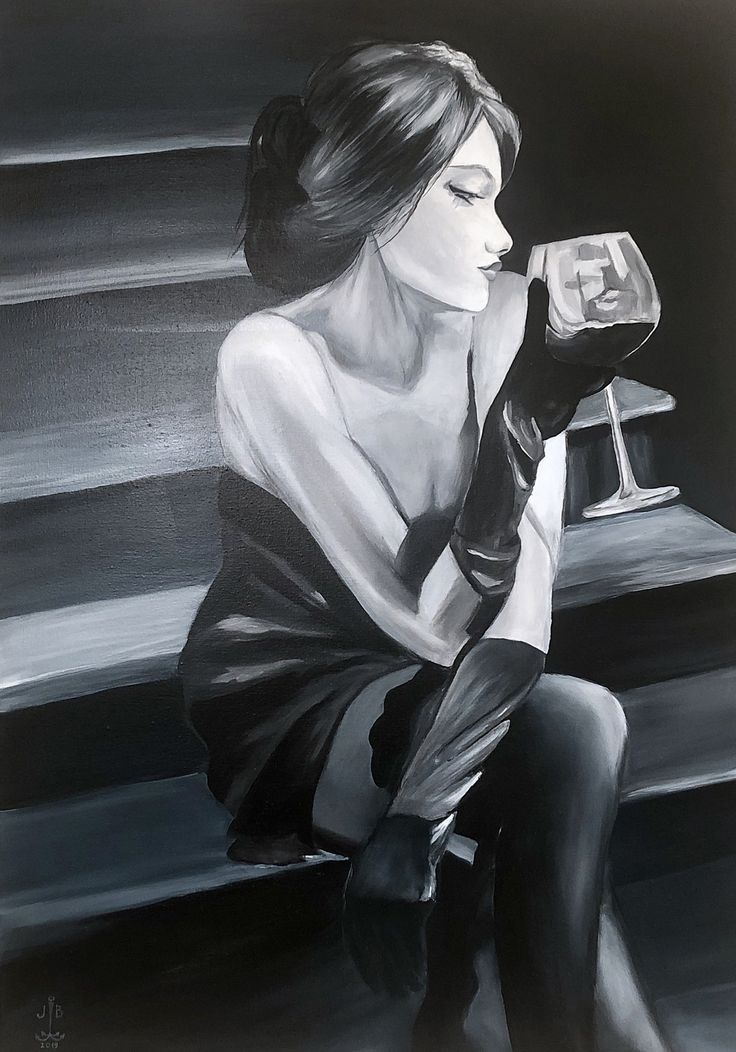 Views 5 Posted by
Views 5 Posted by
Short answer
- Instagram is a social network that allows users to share photos and videos with their followers.
- Users can also post their own photos and videos to Instagram.
- If you have any stolen art, you can report it to Instagram by emailing them at [email protected]
How do I report stolen art on Instagram?
How to File a Copyright Complaint Posts Videos Instagram Images | Report intellectual property infringement
How do I report art theft on Instagram?
If you think someone has stolen your work on Instagram, you can report it on Instagram. To do this, open the stolen work on Instagram and click on the three dots in the upper right corner. Then select "Report". You will then be prompted to select a reason for the report. Select "Copyright Infringement" and briefly describe why you think the account is stealing your work.
What do you do when someone steals your Instagram photo?
If someone steals your Instagram photo, you can report it to Instagram and they will remove it. You can also file a copyright complaint with Google if a photo is used on a website.
Will Instagram steal my drawings?
There's no guarantee that Instagram won't steal your art, but there are a few things you can do to protect your work. First, make sure your work has a copyright sign (©) next to it, and include your name and year of creation. You can also watermark your images with your name or website. Finally, be sure to keep track of where your images are being used online and contact site owners if you find them being used without permission.
First, make sure your work has a copyright sign (©) next to it, and include your name and year of creation. You can also watermark your images with your name or website. Finally, be sure to keep track of where your images are being used online and contact site owners if you find them being used without permission.
How do I report a post to Instagram for Copyright?
To report a post on Instagram for copyright infringement, you can use the report button on the post itself. This will send a notification to the Instagram team and they will review it.
Is it illegal to steal photos from Instagram?
Yes, it is illegal to steal photos from Instagram. Instagram has terms of service that prevent users from taking photos from within the app and using them elsewhere without permission.
How many reports does it take to delete an Instagram account?
At least six messages are required to delete an Instagram account.
How do I complain about an image on Instagram?
To report an image to Instagram, you can either use the message feature in the app or contact Instagram directly.
The report feature is available on both the app and the website. To use it, simply click on the three dots on the top right corner of the image you want to report and select "report".
If you want to contact Instagram directly, you can email [email protected ]
How do I delete a photo from Instagram?
There is no one-size-fits-all answer to this question, as the process for deleting a photo from Instagram depends on the reason you want to delete it. If you think someone has stolen your copyrighted work, you can report the infringement on Instagram. If a photo is inappropriate or violates the Instagram Community Guidelines, you can report it through the app or website. If you just don't want the photo to show up on your profile anymore, you can remove it.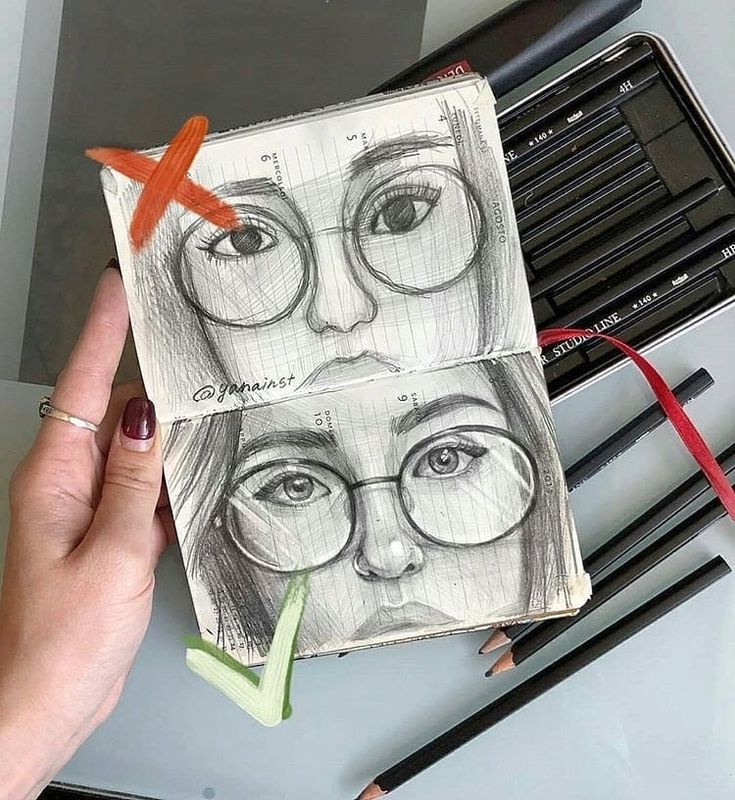
Do I have rights to my Instagram photos?
Yes, you own the rights to your Instagram photos. However, if you choose to share them on Instagram, you grant Instagram a license to use them.
How can I protect my work from being copied?
There are several ways to protect your work from being copied. One way is to copyright your work. This will give you the legal right to sue anyone who copies your work without permission. You can also use a watermark or copyright symbol on your work to prevent people from copying it. Finally, you can store your drawings in a safe place where people can't easily see or copy them.
Why does Instagram keep allowing my pictures to be stolen?
Instagram has a number of measures to protect intellectual property, but unfortunately not all images are protected. If you believe your image has been stolen and used without permission, you can report abuse on Instagram.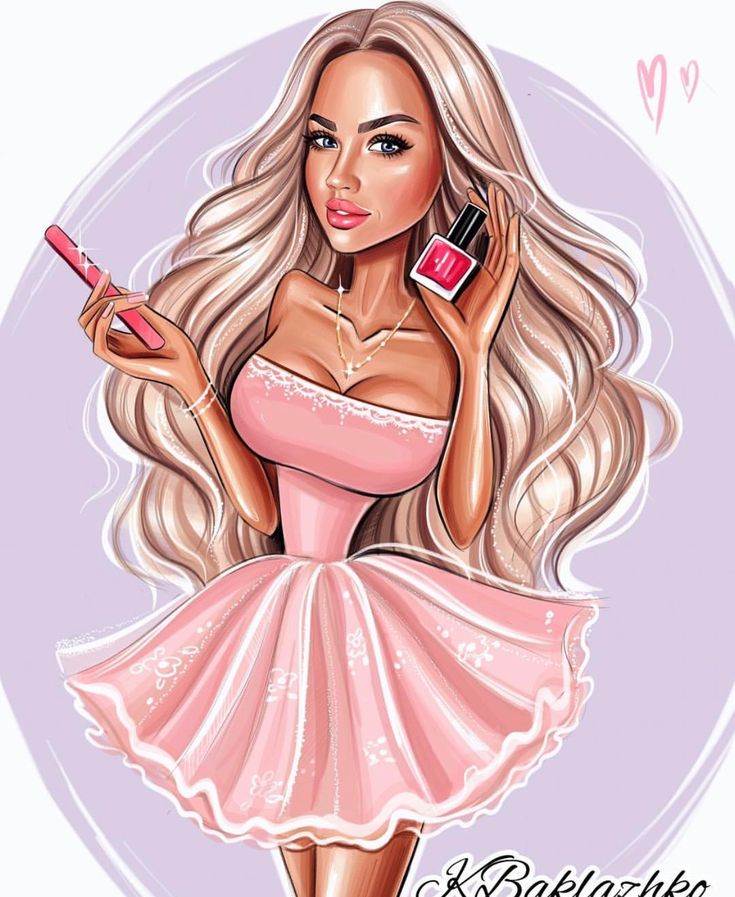
How do I protect my art on Instagram?
There are a few things you can do to protect your art on Instagram. First, make sure your account is set to private so that only people you approve can see your posts. You can also add a watermark to your images to protect them from being copied or stolen. Finally, be careful who you share your work with and be sure to keep an eye on who is following you.
How do I fix a copyright issue on Instagram?
There is no one-size-fits-all answer to this question, as the best way to prevent copyright issues on Instagram depends on the specific situation. However, some tips for protecting your copyright on Instagram include using watermarks or other identifying marks on your images, being careful when using someone else's images without permission, and making sure you own the rights to any images you post.
How can I contact Instagram directly?
There is no direct way to contact Instagram.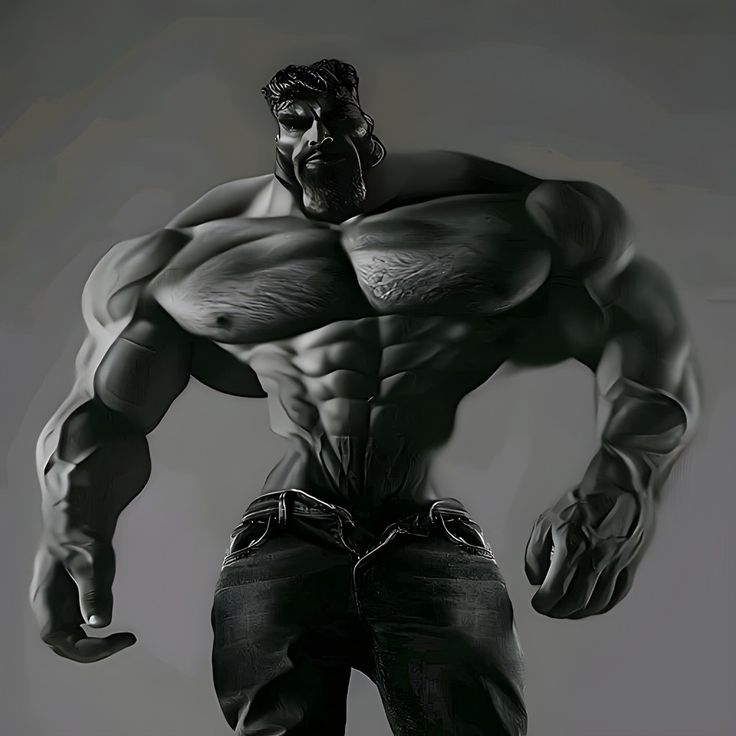 However, you can submit a request for help on their website.
However, you can submit a request for help on their website.
Will Instagram delete your account if you are reported?
There is no definitive answer to this question, as it largely depends on the severity of the content being reported and how often it is reported. However, in general, Instagram will not delete an account simply because it has been reported.
What happens when an Instagram account is reported?
When an Instagram account is reported, the account is checked by Instagram for policy violations. If an account violates Instagram policies, it may be disabled or deleted.
Tips & Galleries - Zyro Blog
Art should be accessible to everyone.
This is the beauty of e-commerce. Anyone can find the art they love at a price they are willing to pay.
Online art sales are expected to reach $9.32 billion by 2024. If you are an artist looking for your audience, having an online presence is the most efficient and profitable way to go.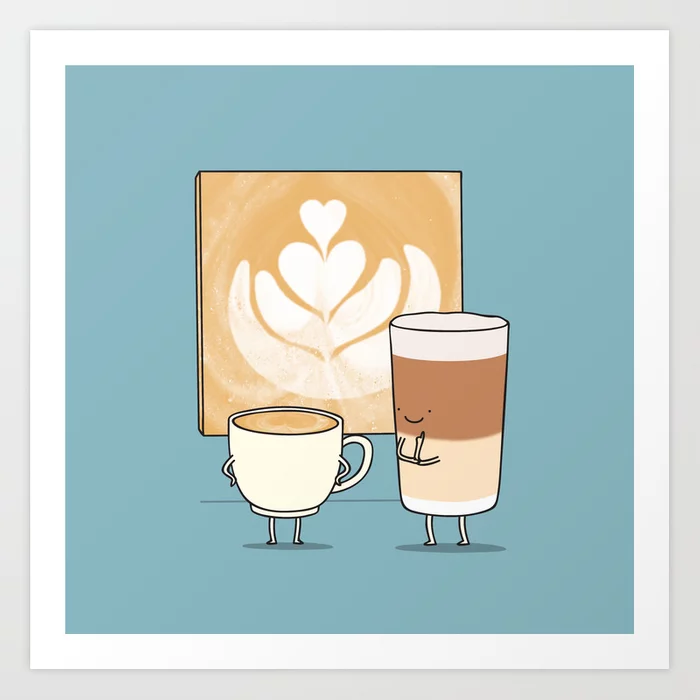
There are several ways to sell paintings online. Along with a personal website, you can collaborate with one or two of the world's leading galleries.
We will share some tips on how to get started, as well as a list of top 9 online galleries0010 to work this year.
1. Find your niche
Whether you are an artist or an art dealer, start selling a specific line of work.
Artists are always learning and evolving, but it's better to start your career online with paintings with a recognizable style.
If you sell your own paintings, build a collection of works that you are proud of.
There are paintings that never look finished, but remember that you have to convince other people to part with their money. You are in charge of marketing your art, so be prepared to sell it with confidence.
If you want to sell other people's work, your options are almost endless. Just remember that it's better for everyone, for you, your artists and your clients, if you really enjoy the art you're selling.
You can choose:
- Paintings by one artist whose work you admire
- A specific painting technique, such as gouache or acrylic
- Style, such as photorealism or a theme, such as fantasy
2. Choose your products
Stretch your entrepreneurial muscles.
So many things you can do with an original piece of art. Selling paintings online has one big advantage: you have a huge audience so you can get creative with your product.
Take a look at the gift shops of some of the world's greatest museums. Pictures can be reproduced on anything from scarves and food packaging to erasers.
A great way for artists to maximize their online sales is to reproduce art on a variety of merchandise. It can turn a single piece—maybe a painting that perfectly captures your style—from a one-off to an unlimited source of income.
Print distribution is a relatively simple first step to capitalizing on your 2D originals. Choose your print type, quality paper, and sell them framed or unframed. Work with typography if it's more economical.
Choose your print type, quality paper, and sell them framed or unframed. Work with typography if it's more economical.
You can also:
- Make merch. For example, stationery, dishes, or badges
- Reprint on fabric
- Work with other online vendors to license your art
3. Set your limits
This applies to both price and availability.
Of course, reproduction of art in prints can give artists a good stable income. But think it might be worth offering limited editions instead.
Limited edition print will inevitably add a sense of scarcity to your art. Even if you're selling online, you're selling to art lovers who will be looking for something special.
The main disadvantage of limited editions is the hated reseller . You can take steps to keep your work from appearing on eBay, but you may also decide that unlimited printing is best for your paintings.
Or be dynamic and do a bit of both.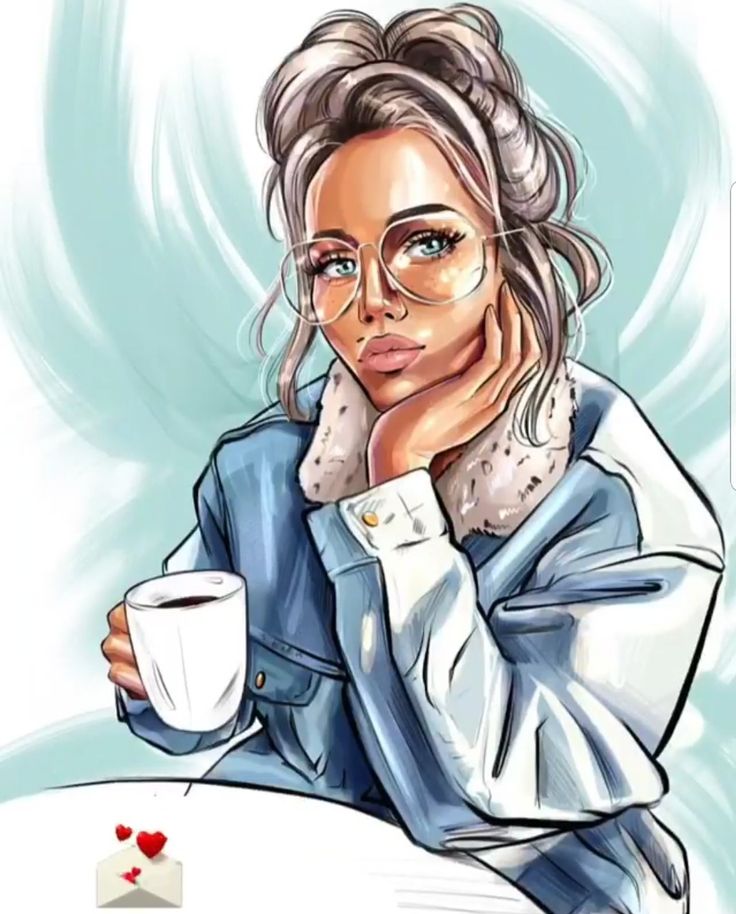
When it comes to judging your paintings, do a little research. If selling paintings online is new to you, make sure that your price does not go beyond the market:
- Consider the level of experience, yours or your artist. Just from school? Prices should reflect this.
- Don't forget the time spent on painting. ROI is important.
- See how much similar artists are selling their work for.
4. Create your website
Every artist deserves a website.
The Personal Site is a place where artists take center stage and showcase their work on their own terms. The entire home page can only be filled with your paintings in your personal online gallery.
Choose a website builder that will help you get online quickly and start with a design that suits your style.
Zyro Builder has many free templates from which you can choose the one that will become the basis for your online store.
The online store format will turn the site from a space whose purpose is just to show off, into a full-fledged profitable business.
You can continue to tweak the layout to make the paintings you sell look as good as possible. Just make sure the work itself stands out: consider using a pure white background for your gallery.
Make sure you:
- Found the perfect domain name. Our advice to artists is to use your full name. Simple and effective.
- Think of your online gallery as a storefront. It must be clean and impress.
- Connect your social media accounts to your website . Your business accounts, not personal ones.
5. Join social networks
Who wants free advertising?
This is what social media is all about when it comes to your business profile. This is your opportunity to share art on your terms.
Platforms like Instagram and Pinterest will allow you to reach a much more diverse audience than just your own website. And you don't have to keep the sophistication.
Use social media as a chance to be more human with your customers.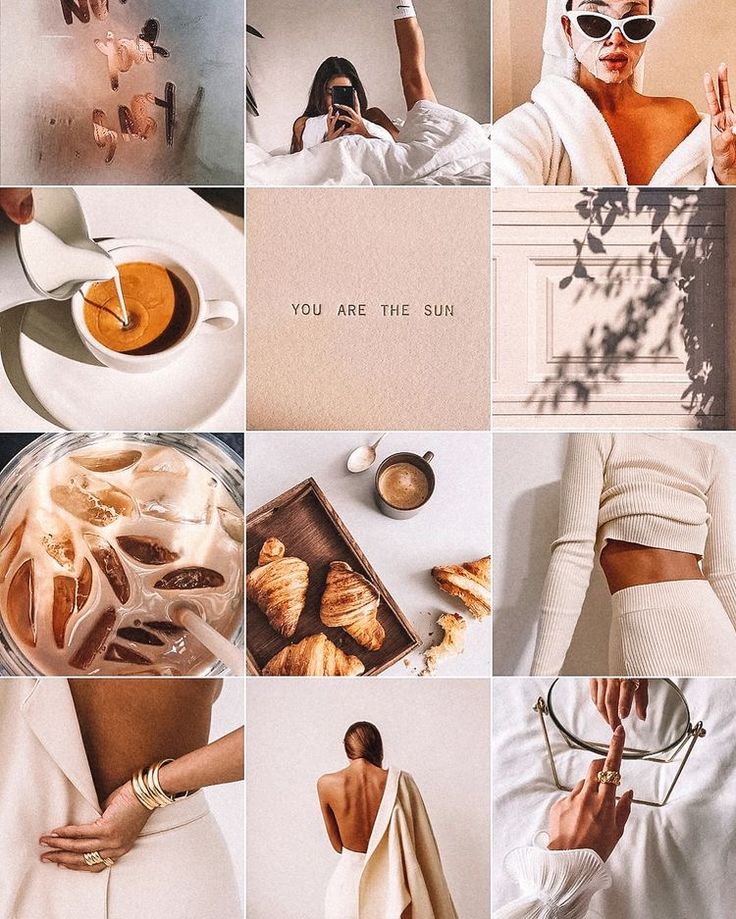 This does not mean posting drunk selfies. Instead, upload some behind-the-scenes stuff to get people involved.
This does not mean posting drunk selfies. Instead, upload some behind-the-scenes stuff to get people involved.
Loyal subscribers in social networks will bring dividends. You can create real buzz around a new painting, add value to your work, and attract loyal customers.
This is an easy way to connect with other crafters and artists online.
When you create a social profile:
- Make sure your product photos are consistent with . Don't lose your professional image, even if you communicate on a more personal level.
- Show the artist or artists at work.
- Don't forget that this must be profitable . If you want to sell paintings online, then use social platforms as an extension of your showcase.
6. Find your photography style
This is probably the most important aspect of selling art online.
If you photograph your product incorrectly, all your hard work will be in vain.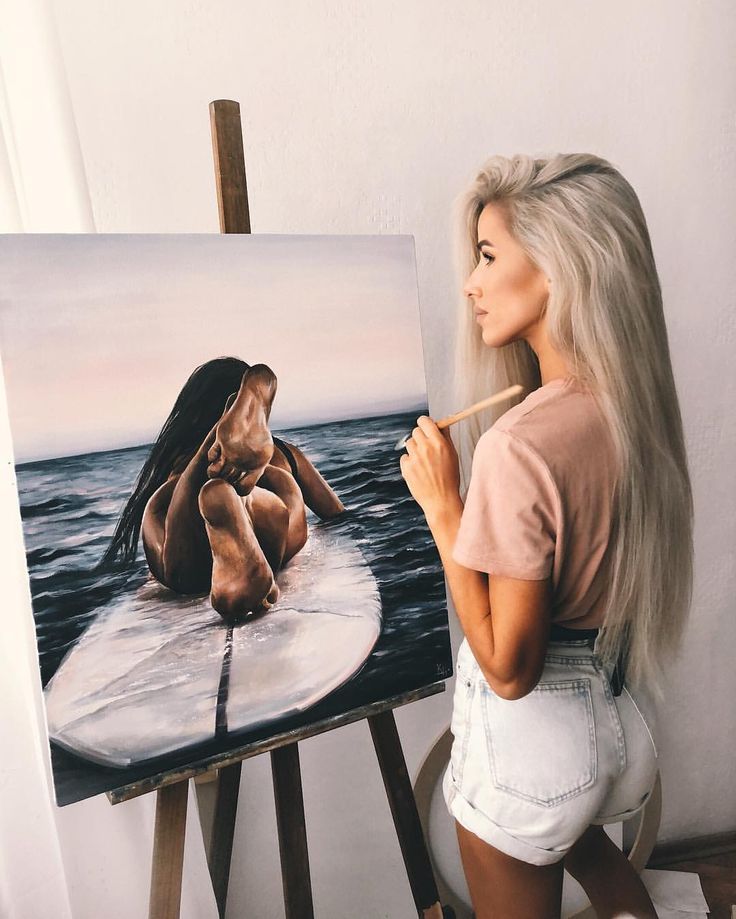 Unless poor quality photography is part of your art. If so, then continue.
Unless poor quality photography is part of your art. If so, then continue.
Seek a professional photographer if you're not good with a camera. Your best bet is to find someone who knows how to sell paintings online or is an expert in detail photography.
Any product sold over the Internet must be displayed in the best and most accurate light.
In a recent blog post, we shared some tips on how to photograph products, so check it out if you decide to do your own photography.
As your follower count increases, you may be wondering how to sell on Instagram or a gallery site alongside your site. Therefore, do not forget to monitor the quality on all platforms you use.
Show your best work:
- Start with a front view of the entire piece . Next, move on to the detail pictures.
- Demonstrate work in the context of . People need to justify their purchases, so show how your art can bring a wall, a mantel, or an entire room to life.
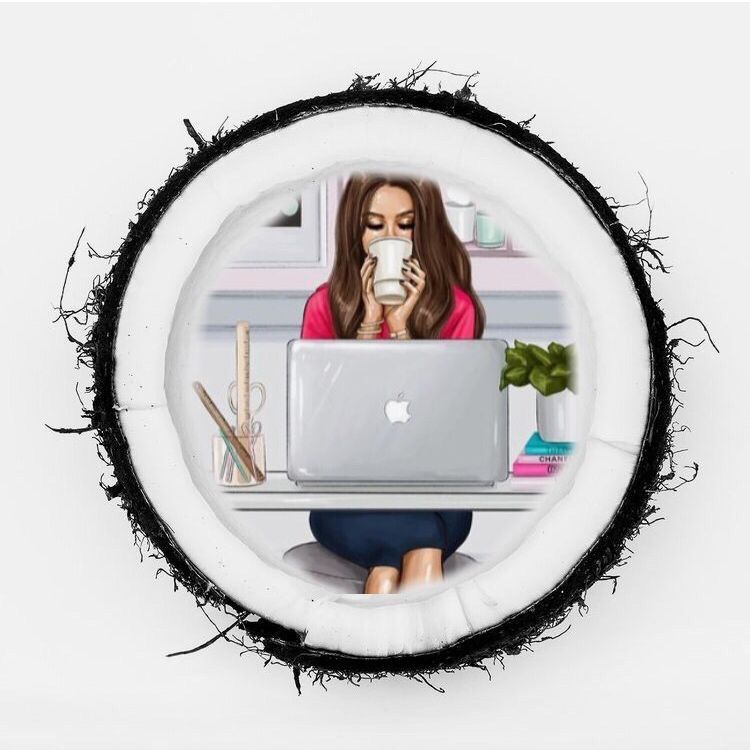
- Show near . Show the texture of your painting – online paintings can sometimes look “flat”.
7. Understand the logistics
Ensure impeccable packaging and delivery before you start selling paintings online. Don't rely on trial and error.
If you're looking to make money printing your work and selling merchandise, partnering with a print-on-demand company is a great idea. They take care of everything except sales.
You can manage the delivery process yourself. Depending on the volume of goods you plan to sell, it may be worth partnering with a logistics company. This can save you money.
On the Internet you will find some brilliant how-to guides written by artists for artists. Check them out if you want to learn how to properly package and ship your painting.
A gallery owner has created an excellent guide to preparing artwork for shipping. He explains to the artists every stage of the packaging of the picture.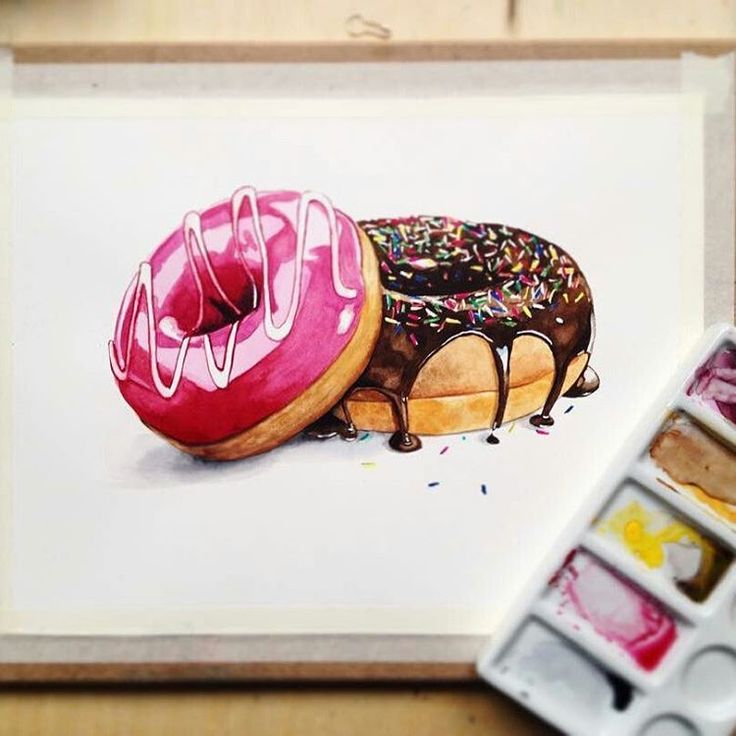
Here are three basic guidelines:
- Security . There is nothing worse than a masterpiece damaged in transit.
- Professionalism . And we mean all the way from your workshop to the customer's doorstep.
- Efficiency, economy and ecology . Try to cover all three.
8. Protect your work
Plagiarism is a sad and almost inevitable reality when you share or sell paintings online. Some artists may find it easier to just write it off as an annoying flaw.
There are a number of steps you can take to protect your artwork from copyright infringement. The obvious ones are a deterioration in the quality of your work.
You can do this by watermarking or by uploading low resolution images. However, after all your hard work, you will sell yourself cheaply, and all this may not be effective. Companies that steal obviously don't care about quality.
Sometimes a straightforward approach and loyal followers can be your strongest allies.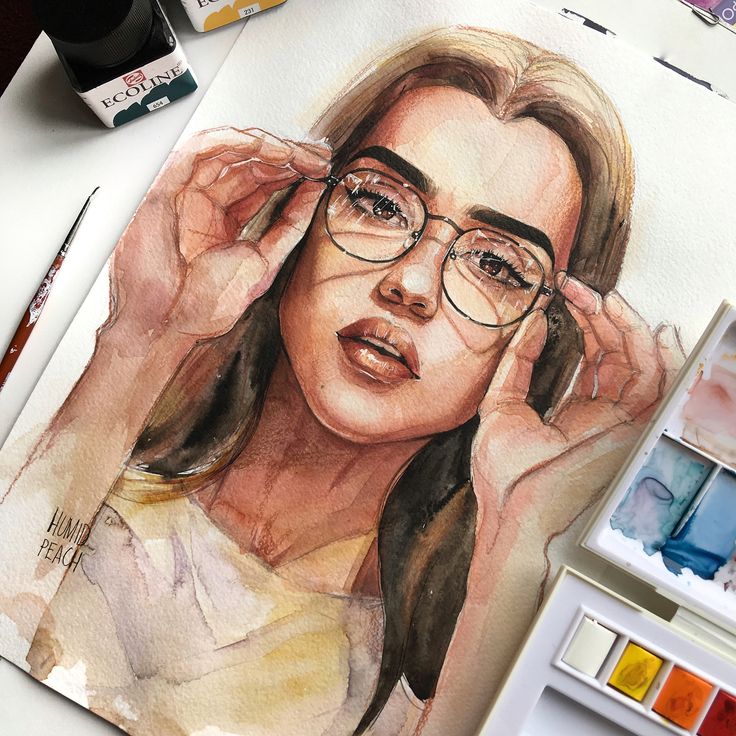 You could even force the huge retailers who are copying you to remove those items from sale, as one illustrator did.
You could even force the huge retailers who are copying you to remove those items from sale, as one illustrator did.
- Contact copycat directly. Remain calm and share proof that the work is yours.
- First refrain from publicizing . Judgment on social media is not for everyone.
- See if you can file a claim under the Digital Millennium Copyright Act .
9. Work with offline galleries
Tradition can be nice. No matter how well you photograph your work for their online presence, nothing beats the real thing.
Viewing paintings in an ordinary gallery is a sensory experience for artists and art lovers. Even the smell of oil paint is special. Or is it just us that think so?
It is very important for artists to maintain relationships with offline galleries. You will have the opportunity to sell art at exhibitions and art fairs and connect on a more personal level with potential clients.
Do your best and advertise any upcoming gallery exhibitions on your social platforms. Be savvy and determine the best places to showcase your work based on the demographics of your followers.
If you want to contact the offline gallery, don't forget:
- Check if it specializes in your art style .
- Get in touch professionally . No quick posts on Instagram.
- Research their commission rates . Will it be economically feasible?
10. Work with online galleries
Not all online galleries are the same.
If you are an artist who is considering partnering with an online art gallery, in addition to having your own store, you should do some research first.
When a much larger gallery presents an artist's paintings online, it makes a huge difference to their work. Your art will be seen by a large audience of collectors.
This is also an invaluable opportunity to network with like-minded people.
Be aware that these sites will charge a commission on your sales just like a traditional art gallery. Prices vary and you may be charged extra.
Also be picky. There are a lot of not-so-good pieces of art on the internet that are littered with some online galleries and art markets. Make sure you exhibit alongside artists whose work is worthy of admiration.
Here are 10 online galleries we offer.
Saatchi Art
We are starting as a major player in art galleries.
Saatchi Art has a huge following worldwide and is proudly named after an influential figure in the art world. Charles Saatchi's company sold the online gallery in 2014, but the gallery has not lost its quality.
If you want to become a world-class artist, this gallery is perfect for you. Saatchi Art reaches over 1 million people on its social platforms and sells in over 80 countries.
They also trade their artists' work at several annual art fairs, including their own, and pledge to support the artists through PR and simple logistics.
It can take a lot of effort to get your work noticed on such a large site. You need to actively establish contacts and advertise yourself .
Here's what you need to know about Saatchi Art:
- They charge 35% commission when an artist sells a work. There are no additional fees from sellers.
- Shipping is paid by the collector, so you only need to pack your artwork.
- No exclusivity requirement, so you can cross-link this gallery with your own site.
- They provide an advisory service with advice on how to sell paintings online. Marketing tools are available to all merchants.
Fine Art America
Fine Art America is another well-stocked art sales site that claims to be "the world's largest online marketplace."
This is definitely more of an art market than a gallery. The site is heavily focused on printing original art, so if you're looking to sell reproductions, this could be the perfect place for you.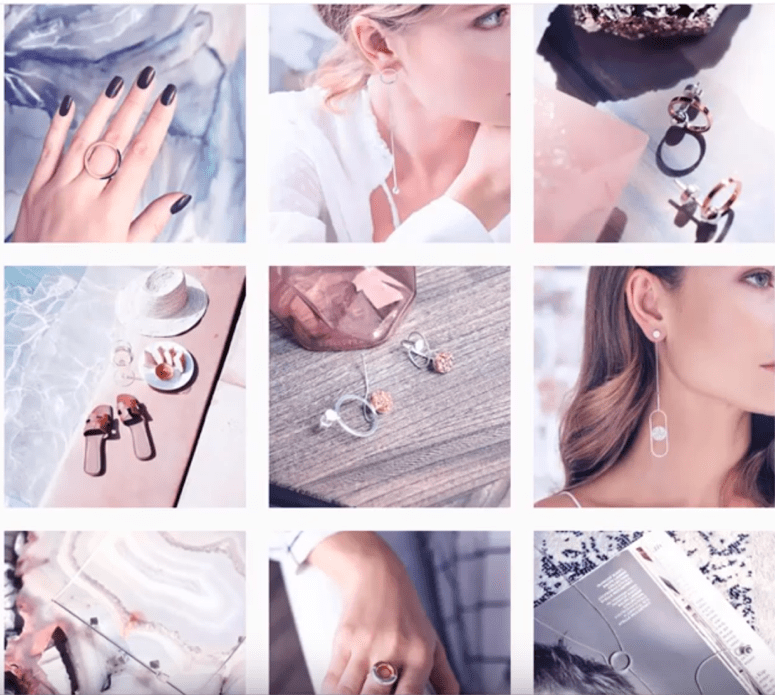
In addition to the posters on the walls, you can watch your work being transformed into home furnishings, including home decor, tech accessories and apparel. Fine Art America sets a base price for items, and artists can add their own price to the items they sell.
Everything is top notch in terms of production so make sure you don't get too caught up in customizing items for one piece of art.
Although there are hundreds of thousands of artists on the site, you will be taken care of as a seller. You can look at their seller page and see for yourself.
Here's what you need to know about Fine Art America:
- The fee varies depending on which products you want to apply your paintings to.
- Artists can sell original artwork with zero commission.
- They have multiple print shops which means less work for you.
- You can also sell printed publications and print products on your website.
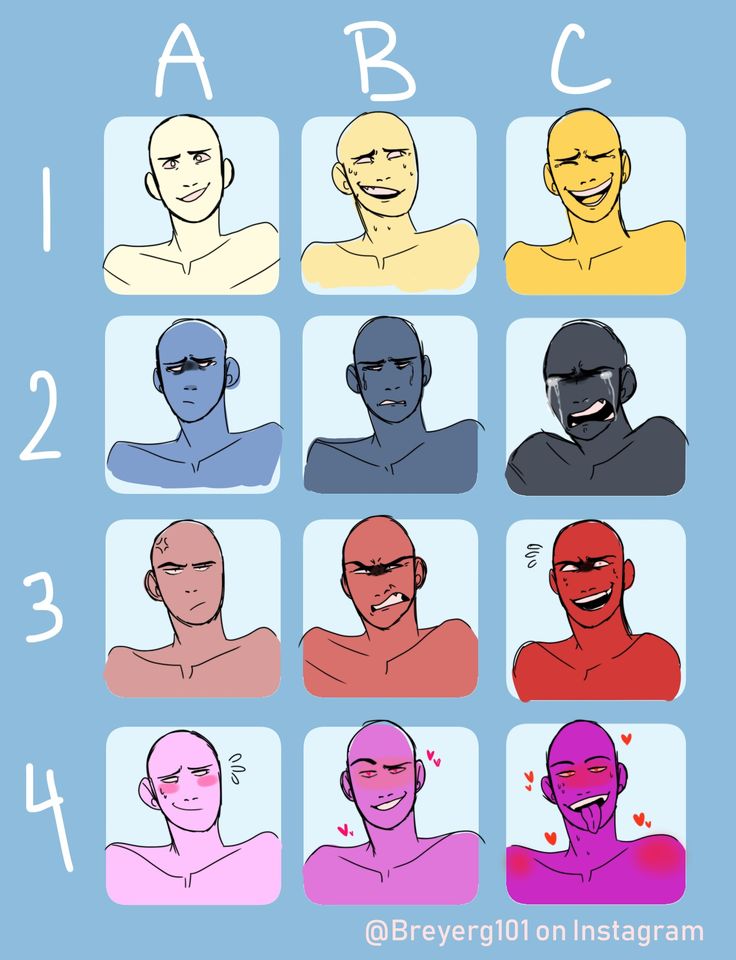
Singulart
This relative newbie will appeal to you if you're already a well-known artist.
Based in France, Singulart launched in 2017 and currently has a community of far fewer than 2,200 artists. Not so little, but you are less likely to get lost.
One of the great aspects of this online gallery is that they sell sculptures, along with the more common paintings, prints and photographs. You will find that many online art galleries focus solely on selling art prints and 2D graphics.
However, for such a small number of artists, very selective criteria are applied. Unlike other online galleries, Singulart asks a lot of its future artists.
So while this little gallery might appeal to a budding artist, take a look at what you'll need to be accepted here.
Here's what you need to know about Singulart:
- Their commissions, fees and other services are not disclosed to non-sellers .
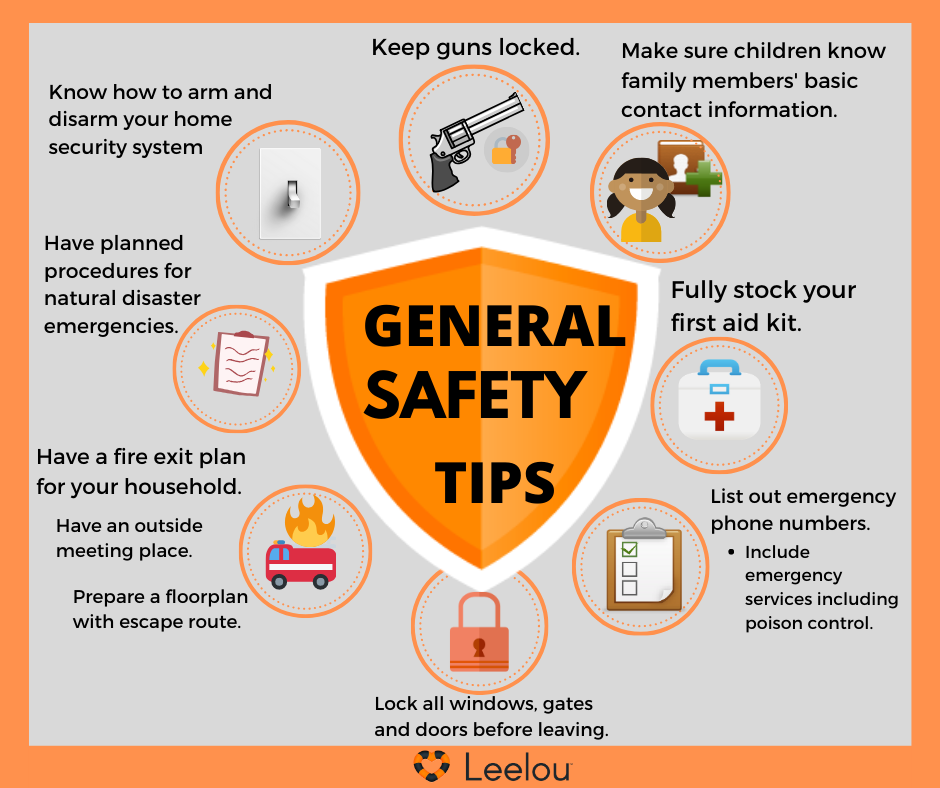
- They are looking for full-time artists who have a strong presence in the art world.
- Artists must be educated at authoritative institution and published work.
- You must receive awards for your art . Yes, it's very serious.
Artfinder
(Sigh of Relief)
If you're interested in selling paintings online with a slightly more laid-back gallery, try Artfinder.
Focusing on original art rather than prints, this gallery showcases the work of artists from around the world in a variety of fields.
Artfinder's registration criteria won't leave you looking for dusty diplomas in your closet. But this site expects you to be serious about building your name as an artist.
Get creative and tell a compelling story about yourself, populate your social platforms and make sure you have a strong portfolio.
Although registration is free, this site also offers premium plans with membership fees. Check out their subscription types to find the right one for you.
Check out their subscription types to find the right one for you.
Here's what you need to know about Artfinder:
- Charges you 40% , or 33% if you are a paying subscriber.
- You will receive information through a dashboard displaying the demographics of your subscribers.
- Specialize in original works of art . This is great if you don't want to sell reproductions.
- Shares weekly ratings of artists. You can apply to be one of the artists they feature in their mailing list.
Artplode
Not ready to pay a commission on your sales?
Then go to Artplode. Keep in mind that they charge a flat fee per painting, but their artists enjoy some other benefits.
Thanks to their very rare no commission policy , this site has been staffed by real craftsmen. Imagine that your paintings are presented in the same gallery as the works of artists such as Pablo Picasso and Joan Miro.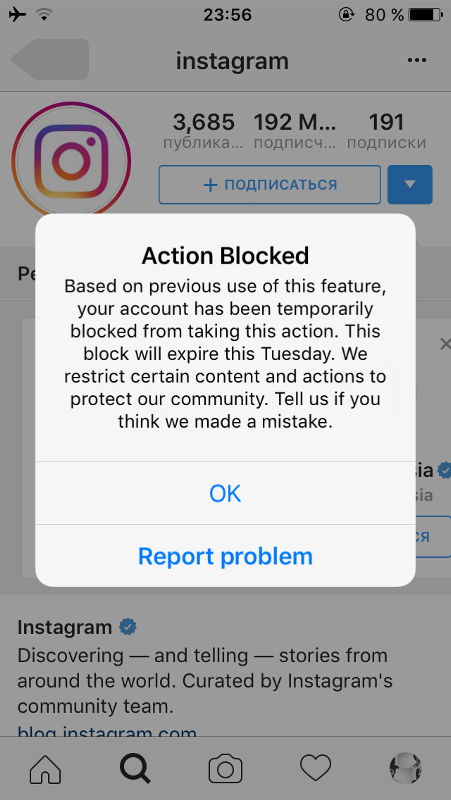
This format has made Artplode popular with dealers and collectors, as well as the artists themselves. They have fine art consultants who advise customers on their purchases, which can work in your favor.
Their search feature is simplified and designed for convenience: buyers can view paintings sorted by theme, size, and even location of the seller.
Here's what you need to know about Artplode:
- It costs 9 to put a work up for sale0009 60 dollars . But the seller keeps 100% of the proceeds from the sale.
- You need to contact buyer directly to arrange delivery.
- They send weekly artist notices to potential buyers.
- They have consultants who can tell you how to sell paintings. This is useful if you cannot determine the price of your work.
UGallery
This site is a bit more conceptual.
UGallery was designed with the idea that other online galleries seem endless.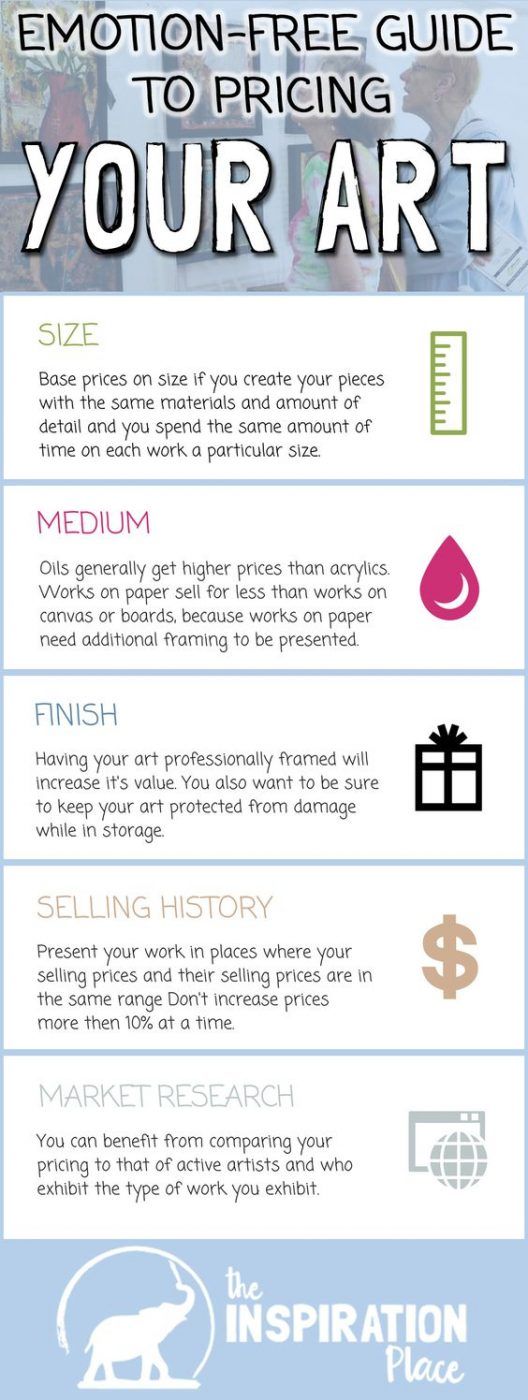 The founders of this site wanted their gallery to lean more towards the real deal.
The founders of this site wanted their gallery to lean more towards the real deal.
They have a select portfolio of artists and paintings and everything they sell is made by exclusively for their website.
This means that you cannot cross-sell in your own online store. Therefore, if you are a registered artist, you need to create separate collections. They also don't sell reproductions.
Like many art galleries on the Internet, UGallery is a jury . You need to fill out an application to be able to join them.
They currently have 350 artists on their list, so this is a great opportunity to really stand out on a platform not like your own site. UGallery loves to support emerging artists.
Here's what you need to know about UGallery:
- Application is charged a fee of 5 dollars and the commission is shared 50/50 with the artists.
- They deliver internationally.
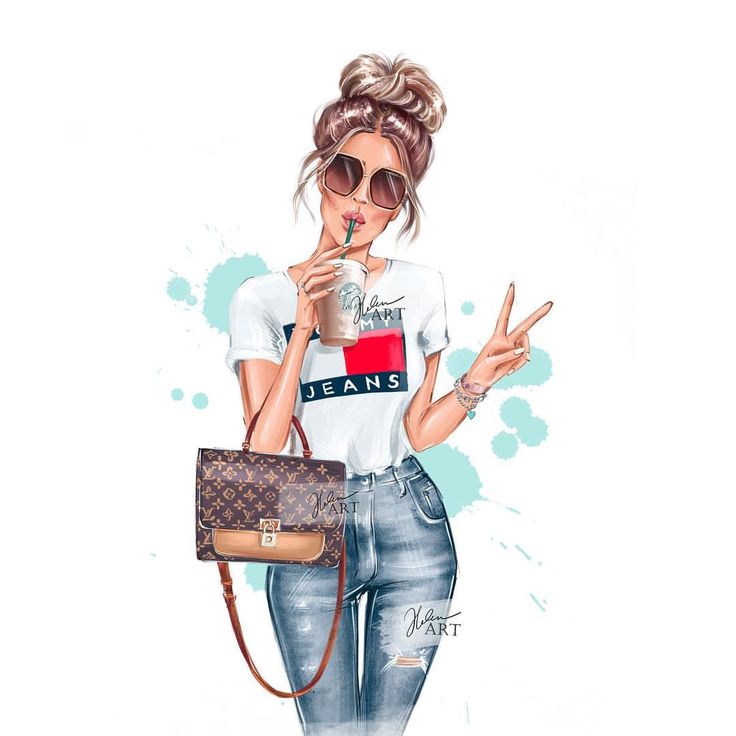
- You will be part of a very select team of talented artists represented around the world.
- They have a strong PR strategy and pride themselves on keeping in touch with their artists.
Absolut Art
This sly site with its recognizable name is anything but pretentious.
Absolut Art from the same stable as Absolut Vodka, in case you're wondering. The brand is leveraging its legacy of collaborations with artists like Andy Warhol to create a unique art selling platform.
With the slogan "Affordable Fine Art", this site is open to everyone: first time buyers, old school art collectors, famous artists and beginners.
Although the community is relatively tiny - the site has about 150 artists - this is an exciting movement that you can become a part of if you pass the challenge.
In the hope of democratizing the fine arts, Absolut's business model is limited edition signed prints of .![]() You can get a taste of true exclusivity by selling your art in this gallery.
You can get a taste of true exclusivity by selling your art in this gallery.
Here's what you need to know about Absolut Art:
- You take 50% when selling a painting. Either the buyer or the site will pay for the shipping cost.
- You will have a big brand and a big marketing budget .
- All art prints you sell are exclusive to Absolut and are limited edition .
- The application form is simple, but they are very selective in choosing artists. Be prepared for this.
Society6
This site, which is another art platform, looks like a full-fledged home goods store.
Society6 was created after a friend of theirs couldn't afford the entrance fee to the prestigious Art Basel show. Defining this as a common problem for artists, the creators wanted to show how to sell art without borders.
With over 300,000 artists, the selling process is simple. However, this online store is a world apart from Saatchi Art.
You will upload your paintings to the site and choose on which products they should be reproduced. Choose to sell prints as wall art, furniture, clothing, and more.
Like other art venues, Society6 is great for artists who would rather outsource logistics and customer service to someone else.
Here's what you need to know about Society6:
- Registration is free and open to anyone who considers himself an artist.
- You will receive 10% from each sale of products on which you print your picture.
- This is a community. You can contact a huge number of other artists.
Etsy
This wouldn't be a list about making money online if Etsy wasn't on it.
This well-known marketplace has everything you need to become a merchant. Etsy even has its own promotional tools that you can use.
Paying $0.20 to include each item in price lists, you can create your own storefront on this site and build one of the largest audiences in the world.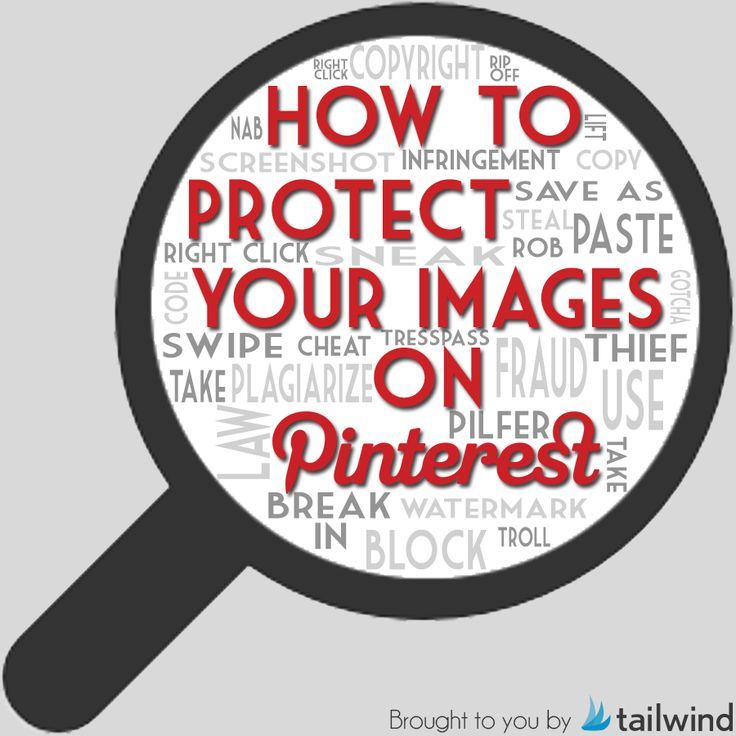
Etsy has several subscription options: you can sign up for free or pay monthly to get privileges from the site. If you have your own online store, signing up as a free subscriber may be enough for you.
While you might think Etsy is more craft-focused, it has 1.7 million sellers, many of whom are artists like you. With easy installation and a huge audience, this platform could be the only one.
Here's what you need to know about Etsy:
- Charges a nominal sales processing fee.
- For a monthly fee, you can access premium features of . They include ad credits and a custom showcase.
- You will be granted seller protection . Etsy will help resolve any contentious issues.
- Provides advice on how to sell paintings online , support and seller newsletters to help you succeed.
VSUAL
There is no typo here. VSUAL calls itself "the print-on-demand marketplace for artists and shoppers with good taste. "
"
This optimized site gets rid of random items that come across on other marketplaces. VSUAL deals only with premium prints in various frames.
Registration is free, simple and global. They won't ask you much during the application process, but this site curates work uploaded by artists.
If you would like a particular piece of art from your portfolio to be featured on the platform, you can submit it for review. This means that buyers get much more pleasure from viewing your work.
Here's what you need to know about VSUAL:
- Artists set a markup when selling paintings . The markup may vary depending on the frame.
- The platform takes care of everything after transaction . From printing to delivery and customer service.
- Product photos are enlarged . Clients can look at your pictures up close, so make sure you upload them in excellent quality.
- You retain all rights to your work and can delete it at any time.
